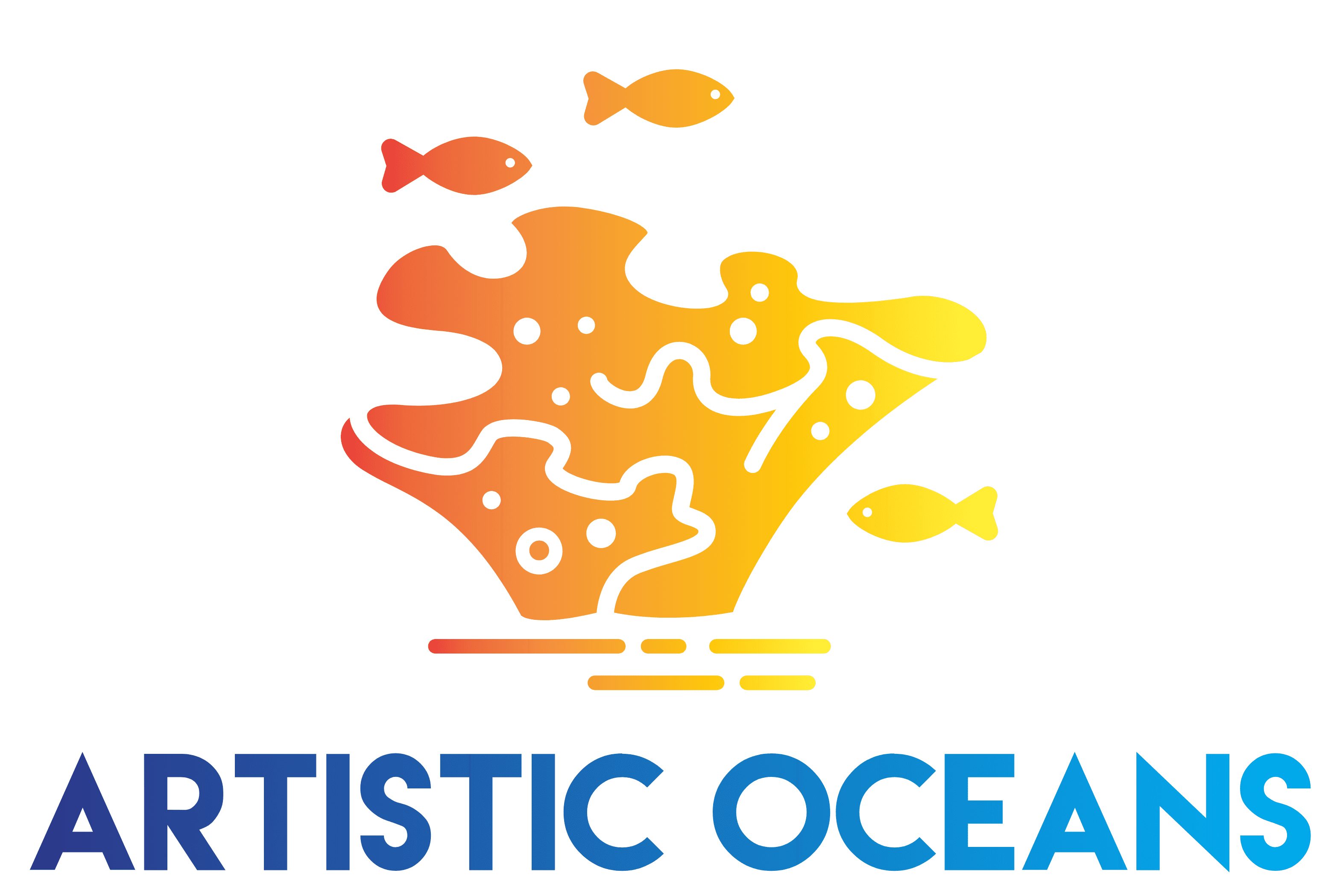In the dynamic world of aquarium keeping, 3D printing has emerged as a game-changer, offering unparalleled opportunities to customize, innovate, and elevate reef tank environments. In this expanded guide, we’ll delve deeper into the realm of 3D printing for aquariums, exploring sources for designing your own STL files, reef-safe filaments, UV light considerations, benefits of DIY printing, and a diverse array of examples showcasing the versatility of 3D printing in aquarium applications.
Designing Your Own STL Files:
- CAD Software: Utilize computer-aided design (CAD) software such as Tinkercad, Fusion 360, or Blender to create custom STL files for 3D printing. These powerful tools allow you to design intricate aquarium components, including custom-sized frag racks, filter holders, adapters, mushroom cages, light mounts, and more, tailored to your specific tank dimensions and requirements.
- Customization: Leverage the flexibility of CAD software to customize designs with precision, adjusting dimensions, shapes, and features to suit your unique preferences and functional needs. Whether you’re designing a modular frag rack system or a specialized filter media holder, 3D printing empowers you to bring your creative visions to life with precision and accuracy.
Reef-Safe Filaments:
- PETG (Polyethylene Terephthalate Glycol): PETG remains a popular choice for reef-safe 3D printing due to its durability, transparency, and chemical resistance. Design and print custom water flow diffusers, skimmer components, and acrylic tank accessories using PETG filaments to enhance your reef tank’s functionality and aesthetics.
- ABS (Acrylonitrile Butadiene Styrene): While ABS can be reef-safe when properly cured and sealed, it’s important to mitigate UV light exposure to prevent filament degradation over time. Consider using ABS for non-exposed parts or apply UV-resistant coatings for added protection in UV-rich environments within the aquarium.
UV Light Considerations:
- Filament Protection: Enhance filament longevity by applying UV-resistant coatings or using UV-stabilized filaments for 3D printed parts exposed to direct sunlight or intense UV light. This precautionary measure helps maintain structural integrity and prevents UV-induced degradation, ensuring long-term durability of printed components.
- Positioning: Strategically position 3D printed parts within the aquarium to minimize direct UV exposure. Place them in shaded areas or behind UV-blocking materials to reduce the risk of filament deterioration and preserve the aesthetic appeal of printed components over time.
Benefits of 3D Printing for Aquariums:
- On-Demand Production: Harness the convenience of on-demand production with 3D printing, allowing you to create specialty items as needed without relying on pre-made products or lengthy shipping times. Design and print custom-sized frag racks, filter holders, and other accessories on-demand to adapt to evolving tank requirements seamlessly.
- Functional Innovations: Explore innovative solutions with 3D printing, such as designing custom adapters for equipment integration, creating mushroom cages for coral propagation, or fabricating light mounts for optimal illumination. These functional innovations enhance efficiency, organization, and aesthetics within the aquarium setup.
Examples of 3D Printed Aquarium Components:
- Custom-Sized Frag Racks: Design frag racks with adjustable slot sizes to accommodate various coral frag sizes and configurations, optimizing space utilization and coral display options.
- Filter Holders: Create custom filter media holders that fit specific filtration systems, ensuring secure and efficient placement of filter media for water clarity and quality maintenance.
- Adapters: Develop adapters for equipment compatibility, such as pump fittings, hose connectors, or powerhead mounts, facilitating seamless integration and setup customization.
- Mushroom Cages: Craft mushroom cages to protect delicate mushroom corals from fish nibbling or tank disturbances, promoting coral health and growth in a reef environment.
- Light Mounts: Design versatile light mounts for LED fixtures or reef lighting systems, allowing precise positioning and customization of light intensity and coverage for coral health and coloration enhancement.
Conclusion:
Embrace the limitless possibilities of 3D printing to enhance, innovate, and personalize your reef tank experience. By mastering CAD design, selecting reef-safe filaments, mitigating UV light exposure, and leveraging the benefits of DIY printing, aquarium enthusiasts can unleash their creativity, solve unique challenges, and elevate their aquarium setups with functional, customized solutions. From custom frag racks to intricate filter holders and beyond, 3D printing empowers hobbyists to transform ideas into tangible realities, shaping the future of aquarium keeping with innovation, precision, and customization.


